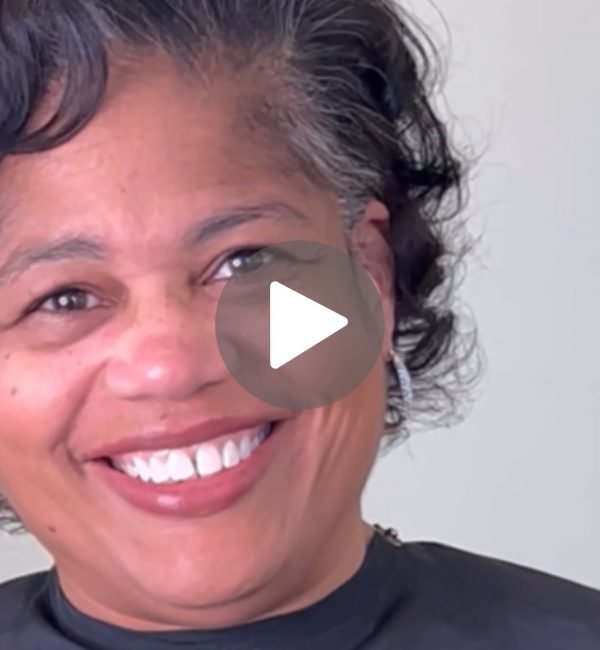No products in the cart.: $0.00
Hair Loss isn't Always Permanent, There is Hope

Science-Backed Formulas

Personalized Solutions

Transparency

45+
Years
Explore by Solution
We know that hair care is personal, and every concern requires a unique solution. Whether you’re facing hair thinning, breakage, dryness, or scalp issues, we’ve got the perfect product for you, formulated with trichology care and backed by proven science.
Solutions We Address
The Hair Loss Epidemic:
Understanding the Problem & Finding Hope
Statistics on Hair Loss


Common
Hair Problems
& Conditions
This is the most common form of hair loss, affecting both men and women. It’s a genetic condition where hair thins over time, particularly around the crown and hairline.
A form of temporary hair loss, telogen effluvium occurs when stress or illness pushes hair follicles into a resting phase, leading to shedding. Thankfully, in many cases, this type of hair loss is reversible once the underlying cause is addressed.
Traction alopecia is caused by repetitive tension on the hair from tight hairstyles, such as braids or ponytails. It can lead to hair thinning and loss, particularly around the hairline. Adjusting hairstyling habits can prevent further damage and allow the hair to recover.
Alopecia areata is an autoimmune condition where the body attacks its own hair follicles, leading to small, round patches of hair loss. Though the condition is unpredictable, many people experience periods of regrowth.
Scarring alopecia is a group of rare disorders in which inflammation and scarring damage hair follicles, leading to permanent hair loss in the affected areas. The inflammation destroys the follicle, replacing it with scar tissue, which makes regrowth difficult. However, early diagnosis and treatment can help prevent further progression of the condition.
CCCA is a specific type of scarring alopecia, most commonly seen in women of African descent. The condition usually starts at the crown and spreads outward, causing permanent damage to hair follicles. Early symptoms include itching, burning, and tenderness of the scalp, followed by progressive hair loss. Although the hair loss can be permanent, early diagnosis and proper treatment, such as anti-inflammatory medications and scalp care, can help slow or stop the progression of the condition.
"Not All Hair Loss Is Permanent"
It’s important to remember that not all hair loss is permanent. While some genetic conditions, like androgenetic alopecia and scarring alopecia, may be progressive and cause permanent damage, other types of hair loss—such as telogen effluvium, traction alopecia, and some forms of alopecia areata—can often be reversed or managed with early intervention and proper care. Even in cases of chronic conditions like CCCA, there are ways to manage symptoms and slow the progression with the right approach.
Solutions and Preventative Measures
Understanding what causes hair loss is the first step toward prevention and recovery.
The key is early intervention, maintaining a healthy scalp, and practicing good hair care habits. For example:

Manage Stress


Healthy Diet


Gentle Hair Care


You Are Not Alone
Client Success Stories
Featured Products
New Arrivals












